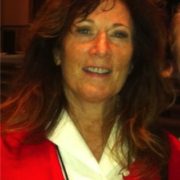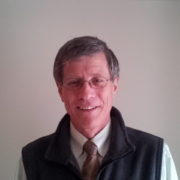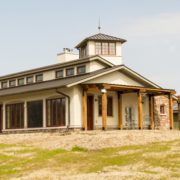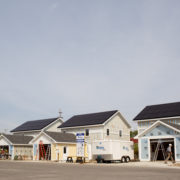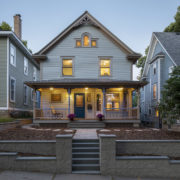GreenHome Institute continues Green Affordable Housing Initiative after receiving Wege Foundation Grant.
Grand Rapids, MI February 2018
Thanks to a 2018 Wege Foundation Grant, the GreenHome Institute will continue working on the Grand Rapids Green Affordable Housing Initiative this year.
This program helps residential developers get access to education, training, resources, credentials, energy modeling and certification services to ensure that families have affordable utility costs and healthy living spaces.
The Wege grant allows the GreenHome Institute to be part of the solution to the affordable housing shortfall in the City of Grand Rapids. Spurring development in greener affordable housing projects will put more money in the pockets of people who need it, and reduce healthcare costs through healthier living spaces.
Affordable housing by definition means homes or apartments set aside for at least those making less than the area median income who may have trouble buying or renting with increased home values. Along with this, Grand Rapids recently announced some affordable housing initiatives that GHI will align with and support. The program also supports senior, veteran, homeless, youth and all supportive housing types.
“As part of the Keeler Flats I + II Development Team, we started working with GHI almost Two (2) years ago. It has been wonderful! We have learned how to couple affordable/workforce housing with energy modeling strategies for the benefit the tenants, our community and beyond. This is a social-economic victory and GHI should be commended for providing the education, inspiration, and empowerment. ” Jeffrey P. Dombrowski Keeler Flats Development Team.
The program requires developers to follow a 3rd party green certification such as LEED for Homes, GreenStar, the DOE Home Energy Score or a few other valid programs. This helps gain them access to some types of incentives and ensures projects meet high-level water/energy efficiency and health standards.
“Well House began working with Green Home Institute a few years ago. We started small, working to get our home scores improved and under the DOE Home Energy Score. After completing many energy efficiency improvements to our homes, we decided to take on a full LEED renovation with help from Catalyst Partners and GHI. It’s been a great experience.” Tami VandenBerg, Well House Executive Director.
GHI will be hosting green building introductory courses all year and working hands-on with developers along with funding their green certification costs.
Developers and those who are interested can learn more at greenhomeinstitute.org/grand-rapids-green-affordable-housing/
The GreenHome Institute is hosting a kick-off informational meeting at the Inner City Christian Federation located in the East Hills on March 1 from 6 to 8 pm.
About the GreenHome Institute
The GreenHome Institute is a Grand Rapids-based nonprofit that has been around for 18 years with a mission to empower people to make healthier and more sustainable choices in the renovation and construction of places we live. They helped certify over 8,500 green homes and trained over 30,000 people on building better.
About the Wege Foundation
The Wege Foundation is a 50-year-old Foundation in Grand Rapids Michigan started by Peter Melvin Wege out of his love for the Earth and all its people. The Wege Foundation has five major pillars which include; environment, education, health, the arts, community service and education. The foundation hosts a lecture speaker each year bringing an internationally renowned speaker to Aquinas College. The foundation originally funded GHI’s Executive Director Position in 2005 and the first Green Affordable Housing program in 2014. More recently the foundation has supported green development through Habitat for Humanity, the Inner City Christian Federation, Well House, Camp Newaygo, the West MI Environmental Action Council and the USGBC West MI Battle of the Buildings.
Contact
Brett Little
Executive Director
GreenHome Institute
616.458.6733
Brett.Little@greenhomeinstitute.org
GreenHomeInstitute.org
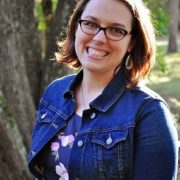
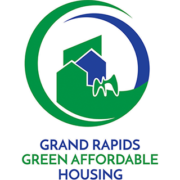
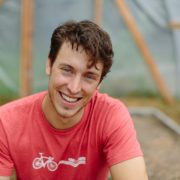
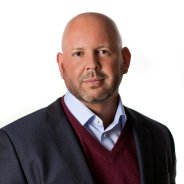
 with extensive expertise in community assistance and outreach, mortgage lending, and commercial and residential real estate development. I have always focused on doing what’s best for my customers – and that means working with them to identify loan and housing options that best meet their needs while minimizing company risk. I have brought this dedication and expertise with me into highly successful entrepreneurial roles, where I have successfully managed all aspects of operations, sales, and business development to achieve significant market growth and profitability while launching new products and programs. Much of my success can be attributed not only to my aggressive drive and extensive knowledge, but to my ability to liaise with key stakeholders, brokers, government officials, and other contacts to make progress on major projects. In addition, I possess the unique knowledge of managing a 501(c)(3) organization, and the highly specialized requirements inherent.
with extensive expertise in community assistance and outreach, mortgage lending, and commercial and residential real estate development. I have always focused on doing what’s best for my customers – and that means working with them to identify loan and housing options that best meet their needs while minimizing company risk. I have brought this dedication and expertise with me into highly successful entrepreneurial roles, where I have successfully managed all aspects of operations, sales, and business development to achieve significant market growth and profitability while launching new products and programs. Much of my success can be attributed not only to my aggressive drive and extensive knowledge, but to my ability to liaise with key stakeholders, brokers, government officials, and other contacts to make progress on major projects. In addition, I possess the unique knowledge of managing a 501(c)(3) organization, and the highly specialized requirements inherent.